
|
|
|
|
|
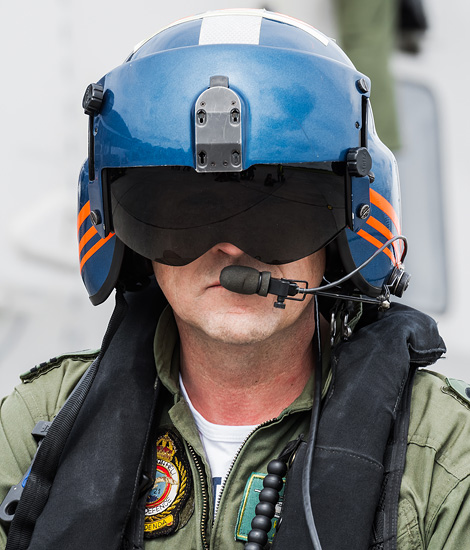
|
58000 Flight Hours and 3185 Scrambles; Koksijde, March 2, 2016
58000 Flight Hours Sea-King, part 1; Text and Photograph's by Alex van Noye
Over 40 years ago on November 8, 1976 five Sea-King helicopters arrived for the Belgian Air Force at Koksijde Air Base. The helicopters were during the transfer from the British authorities to the Belgians flown from the English RNAS Culdrose to Koksijde. The formation of five Sea-Kings is also known as the poker formation.
Colonel pilot Georges Franchomme is nowadays the commanding officer of the 1 Wing at Beauvechain and remembers his time at the Sea-King as of today. He started his career in 1997 as a pilot on the Sea-King helicopter and has developed himself over the years from pilot into operations officer and into CO (Commanding Officer) of the 40 squadron until his current position. It is a formation which is rarely seen during the entire career of the Sea-King. Each helicopter was flown by four people during the delivery flight. According to Franchomme all these people are nowadays still alive except one. In October 2014 these people held a big party to celebrate the 40th anniversary of the 40 squadron which was during its foundation born within the 15 Wing. This year, it is intended that these people, and all the other veterans of the 40 Squadron, will be brought together again during a reunion during the SAR Meet. The SAR Meet will be organized during the week of October 10 until October 14, 2016. The goal of this meeting is to honor the 40th anniversary of the Sea-King and the 45th anniversary of the Allouette III. On October 12, the reunion of all veterans will be held to honor the anniversaries of these two types of helicopters. Franchomme says it's a unique situation which is characteristic for the rescue unit of the Belgian Air Component. The unit started with five helicopters in 1976 and not a single helicopter was lost in all these years.
According to Franchomme it is impossible to mention all the important facts in which the Sea-Kings were involved in all these years. There were according to Franchomme simply too many scrambles which he has experienced using this helicopter. He is therefore limited to describing personal experiences he has experienced since his assignment in 1997. The scramble which he could remember the best was when they had to locate three missing divers (two men and a woman). These people went out for wreck diving in the North Sea while the weather was quite turbulent; a fourth person
|
|
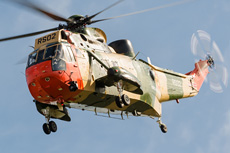
|
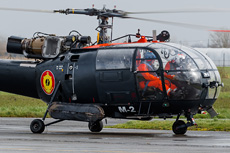
|

|
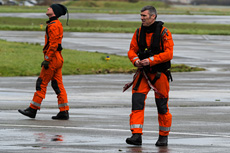
|
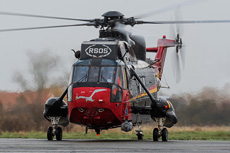
|
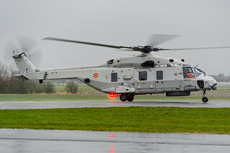
|
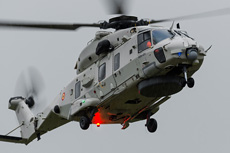
|
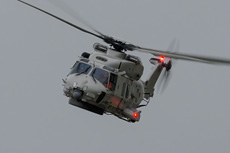
|
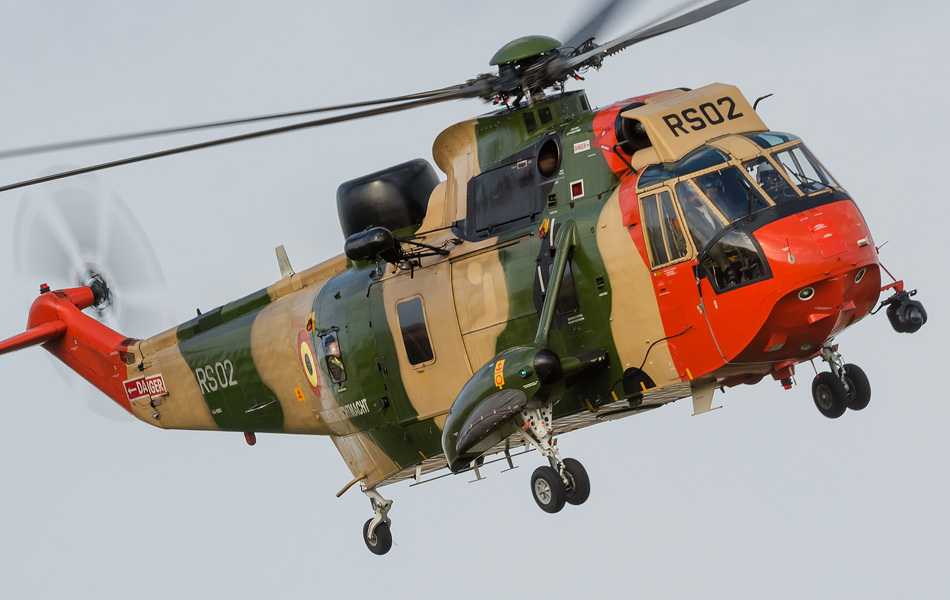
|
remained on the boat during this dive. The divers had no safety cord from the wreck to the boat and drifted therefore away from the boat due to the strong currents at the bottom. After several hours, the fourth person contacted the MRCC in Ostend on the radio to make an emergency call. The diver of the Sea-King which arrived tried to search for the divers, but nobody was found around the ship wreck. It was decided to start searching along with a second Sea-King helicopter. A search pattern was flown which was calculated by the operator in the Sea-King. He calculated the current of the sea for over the period in which the divers were missing. Franchomme was the pilot of this second Sea-King and had spotted the divers within five minutes.
Major pilot Peter Vandenbroucke is the former commander of the 40 Squadron. The five Belgian Sea-Kings have collectively flown more than 58,000 hours in the last 40 years. To be exact, the counter at the time of the briefing was at 58012 hours. Of the original five helicopters, there are at this moment still three helicopters in operational service at the 40 squadron. The first helicopter with registration RS01 has flown 10,585 hours in service of the Belgian Air Component. This helicopter has been phased out since December 17, 2008. The helicopter is now preserved in the Aviation Museum in Brussels. The helicopter arrived via the air when it was added to the collection of the museum. The landing of the Sea-King took place on the square in front of the museum in the center of Brussels. The RS02 is currently still operational at the 40 Squadron and made exactly 12,000 flight hours. This helicopter made the most flight hours of all Belgian Sea-Kings. The third helicopter is the RS03 and has listed a total of 11,851 flying hours. This helicopter is taken out of service on August 29, 2013, and is currently in storage at Koksijde in the maintenance hangar. The RS03 is at this location placed in a cocoon to protect it from the elements. The helicopter has officially not yet been written off but is in storage. When it’s necessary this helicopter is able to fly again after an overhaul of three to six weeks. The RS04 currently has made more than 11,950 flight hours for the Belgian Air Force and is still operational. The last helicopter which is still in operational service is the RS05. This helicopter is the well-known Black Sea-King which has been seen on many airshows. The RS05 currently has 11,623 flight hours on the clock and is still in use.
For a relatively small country with a relatively short coastline, the 40 Squadron receives annually many scrambles. Countries such as the Netherlands, Germany and the United Kingdom all have a long coastline. According to Vandenbroucke the Brits are flying more than 12,000 scrambles on a yearly base. This is much in relation to the number of Belgian scrambles. Compared with the UK where the air force has ten SAR stations, the Belgian 40 squadron has more scrambles every year. The reason for this is the large amount of ships which sail along the Belgian coast line compared with a country like Scotland for example. Through the years the Belgian Sea-King received a number of 3185 scrambles. These scrambles were flown by the different helicopters as follows; 523 times by the RS01, 694 times by the RS02, 618 times by the RS03, 680 times by the RS04 and finally 670 times by the RS05. A total of 1712 people were lifted out of the water or from boats with the hoist and were transported to hospitals. Over 75% of all scrambles took place above the sea; these scrambles are referred to as the SAMAR (Scramble Maritime). About 12% of the scrambles were performed over land which is designated as SATER (Scramble Terre). These calls also include the military scrambles such as the recovery of F-16 pilots who had to use their ejector seat. Like the SATER also the Medevac (Medical Evacuation) covers approximately 12% of the scrambles. The Medevac mission consists not only of transporting people to hospitals, but also the transportation of donor organs to hospitals.
|
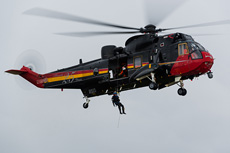
|
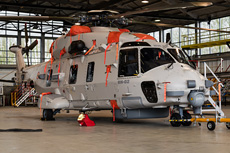
|
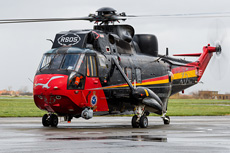
|
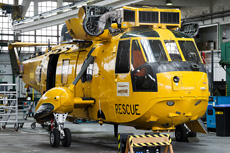
|
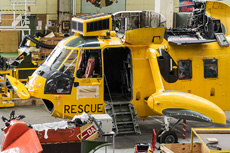
|
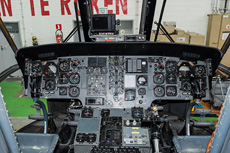
|
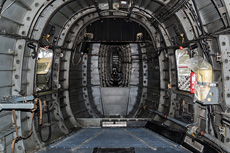
|
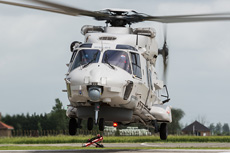
|
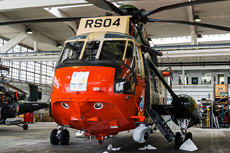
|
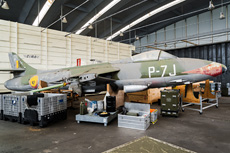
|
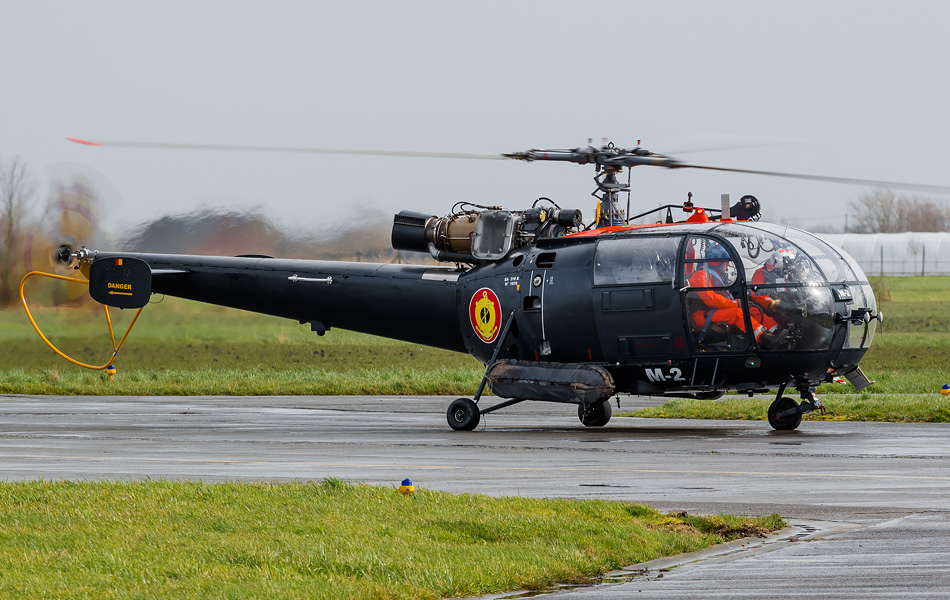
|
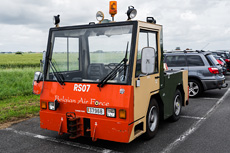
|
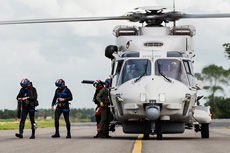
|
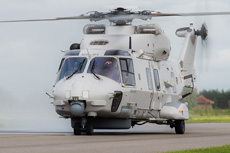
|
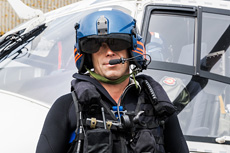
|
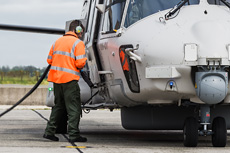
|
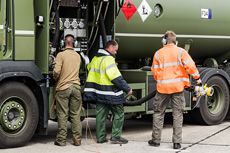
|
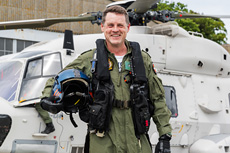
|
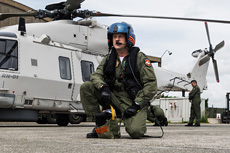
|
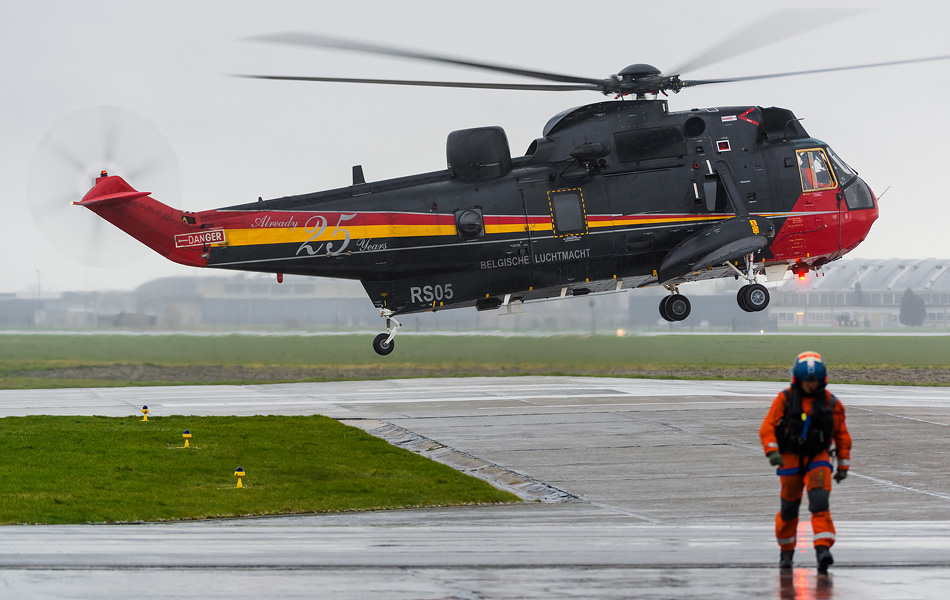
|
|
|

|







